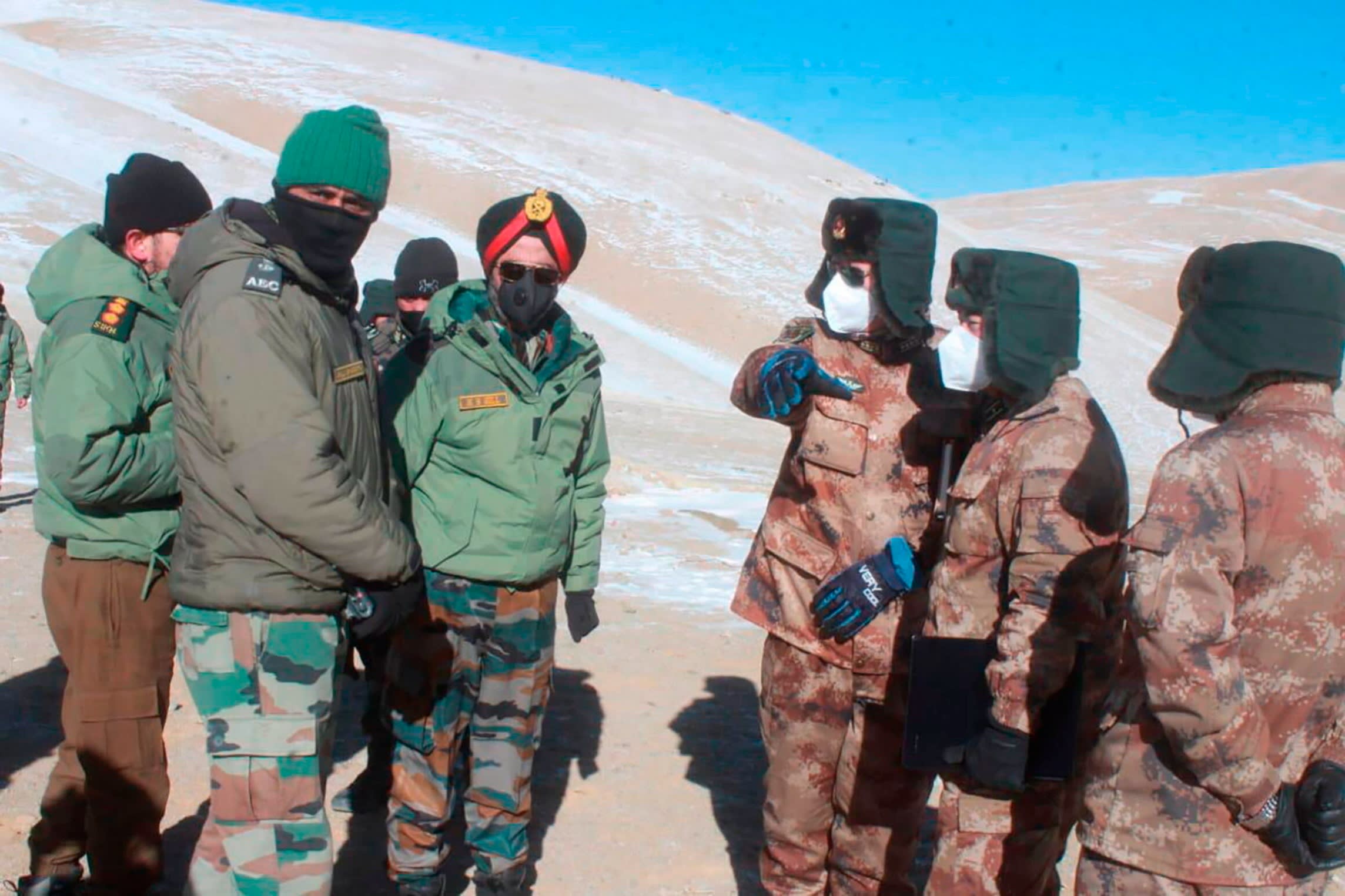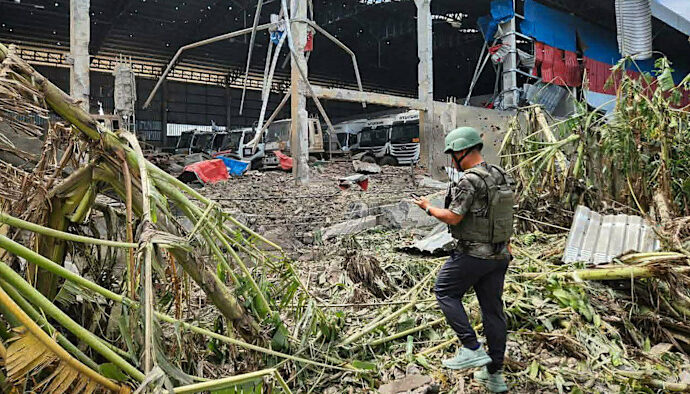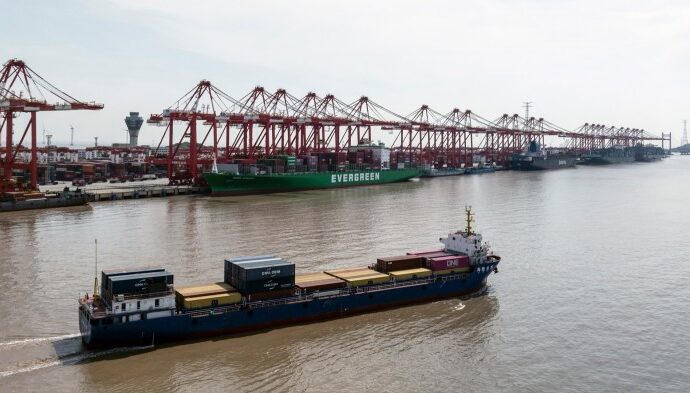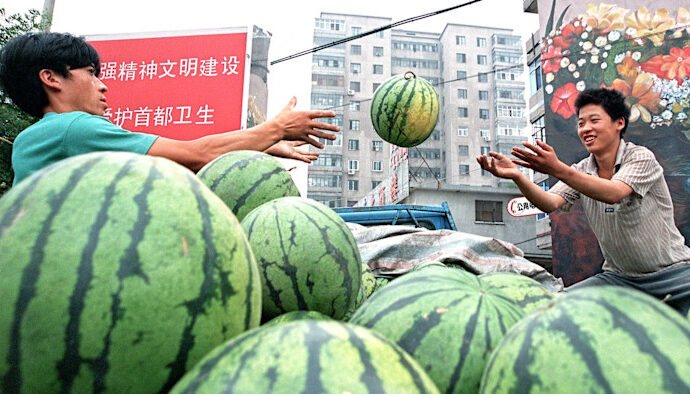Unlock the Editor’s Digest for free
Roula Khalaf, Editor of the FT, selects her favourite stories in this weekly newsletter.
China and India have achieved a “new environment” of “peace and tranquillity”, New Delhi’s national security adviser told Beijing’s top diplomat, as the world’s two most populous countries move to repair ties shattered by a deadly border clash in 2020.
Chinese foreign minister Wang Yi on Tuesday had meetings with Indian Prime Minister Narendra Modi and India’s national security adviser Ajit Doval, encounters that will pave the way for Modi’s first visit to China in seven years at the end of this month.
Analysts say the geopolitical disruption brought by US President Donald Trump’s trade wars has helped create an opening for the nuclear-armed rival Asian powers to push forward a rapprochement started when Modi met Chinese President Xi Jinping last year in Kazan, Russia.
“Since my meeting with President Xi in Kazan last year, India-China relations have made steady progress guided by respect for each other’s interests and sensitivities,” Modi said after his meeting with Wang on Tuesday.
At a separate meeting with the Chinese foreign minister to discuss de-escalation of border tensions, Doval hailed the “new environment” in relations.
“There has been an upward trend. Borders have been quiet. There has been peace and tranquillity,” Doval told Wang.
Wang said he was “heartened” by the border stability, adding that China-India relations were “facing an important opportunity of improvement and growth”.
The Chinese foreign minister told his Indian counterpart S Jaishankar on Tuesday that both nations were seeking to move ahead after a “difficult period in our relationship”, according to Chinese state news agency Xinhua.
China and India have been at loggerheads for decades, but relations hit a recent nadir after 20 Indian soldiers and an unknown number of Chinese troops were killed in clashes along their disputed Himalayan border in 2020.
Tensions jumped again this year over China’s weapons supplies, including fighter jets, to Pakistan during a four-day cross-border conflict in May.
Jaishankar said discussions with Wang would cover economic and trade issues, including cross-border trade, as well as pilgrimages, people-to-people contacts and river data sharing.
In an oblique reference to Trump’s trade war, the Indian foreign minister noted that “when the world’s two largest nations meet, it is natural that the international situation will be discussed”.
Beijing also agreed to address New Delhi’s “needs” by allowing shipments of rare earths, fertilisers and tunnel boring machines, according to diplomats familiar with the matter.
A thaw between Beijing and New Delhi began last October, after they agreed on patrols of their 3,500km border and Modi and Xi held their first bilateral meeting in five years at a summit of Brics nations in Kazan.
The improvement in ties has shown signs of accelerating since Trump sharply increased tariffs on both countries this year, particularly India, which was pursuing a closer relationship with the US in a joint front against China in the region.

Modi said he “looked forward” to meeting Xi at a summit of the Shanghai Cooperation Organisation, a China-led regional trade and security hub, that opens in Tianjin on August 31.
Praveen Donthi, senior analyst for India with the Crisis Group, said Modi’s visit marked “a significant step in the strategic re-engagement”.
“After five years of heightened tensions, it was time to engage and restart economic co-operation,” he said. “Trump’s tariff war could have, at best, provided much-needed clarity to New Delhi.”
This month, Trump imposed a 50 per cent tariff on India — one of the highest levels among Washington’s trade partners — over the country’s purchases of Russian oil, which the US president argues is helping fuel Moscow’s war in Ukraine.
The US and China, meanwhile, extended a tariff truce last week for another 90 days, staving off triple-digit duties.
“The two countries are reacting to Trump’s tariffs,” said Amit Ranjan, a research fellow at the National University of Singapore’s Institute of South Asian Studies. “It’s a tactical move, not a big policy shift.”
China’s moves to improve its relationship with India mirror its efforts to court other important trading partners, including the EU and Australia, as it tries to stymie US efforts to isolate Beijing.
Modi, meanwhile, held a call on Monday with Vladimir Putin, whom the Indian prime minister referred to as a “friend”, on the Russian president’s meeting with Trump in Alaska.
China and India have discussed resuming direct flights, which have been suspended since 2020, as well as easing trade barriers and reopening border trade at three Himalayan crossings.
China is India’s largest trading partner in goods, with the south Asian country exporting more than $14bn in the 2024-25 financial year and importing a record $113bn of goods.
India Business Briefing
The Indian professional’s must-read on business and policy in the world’s fastest-growing big economy. Sign up for the newsletter here


